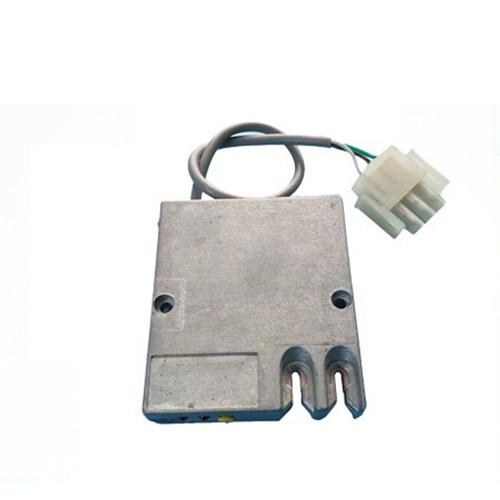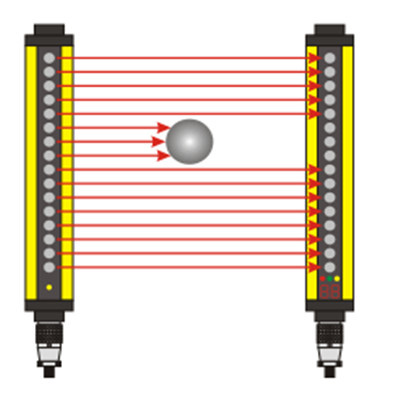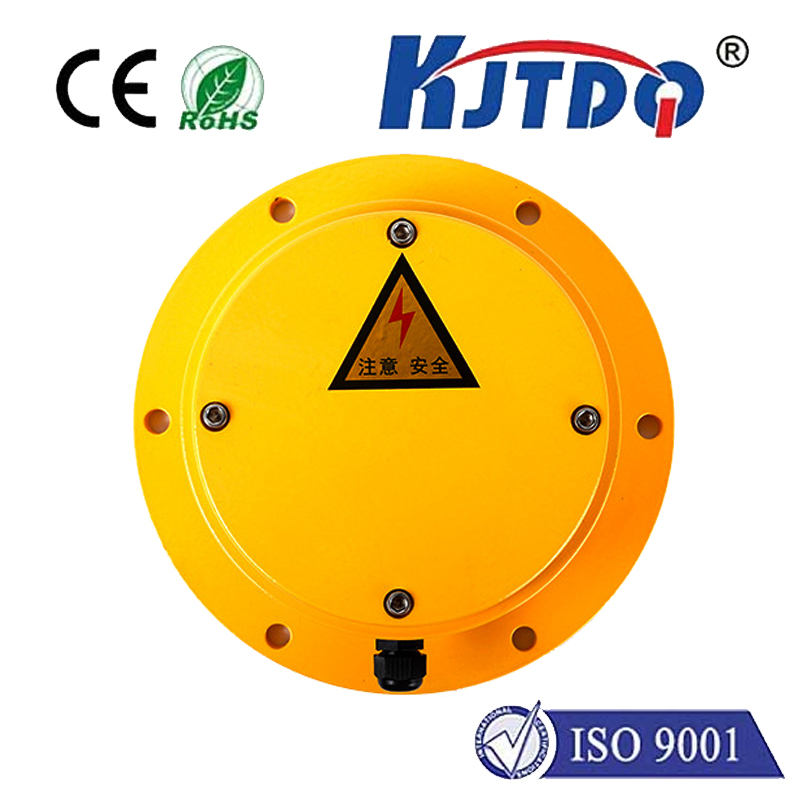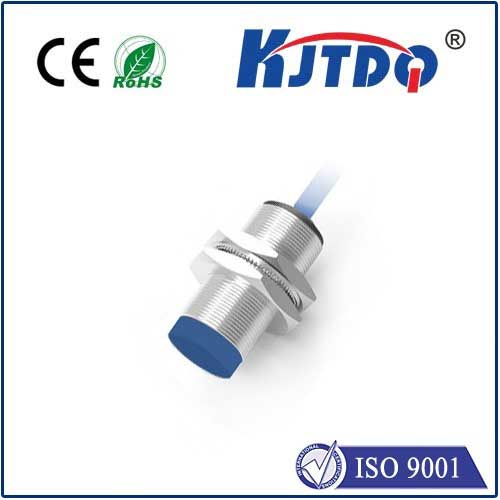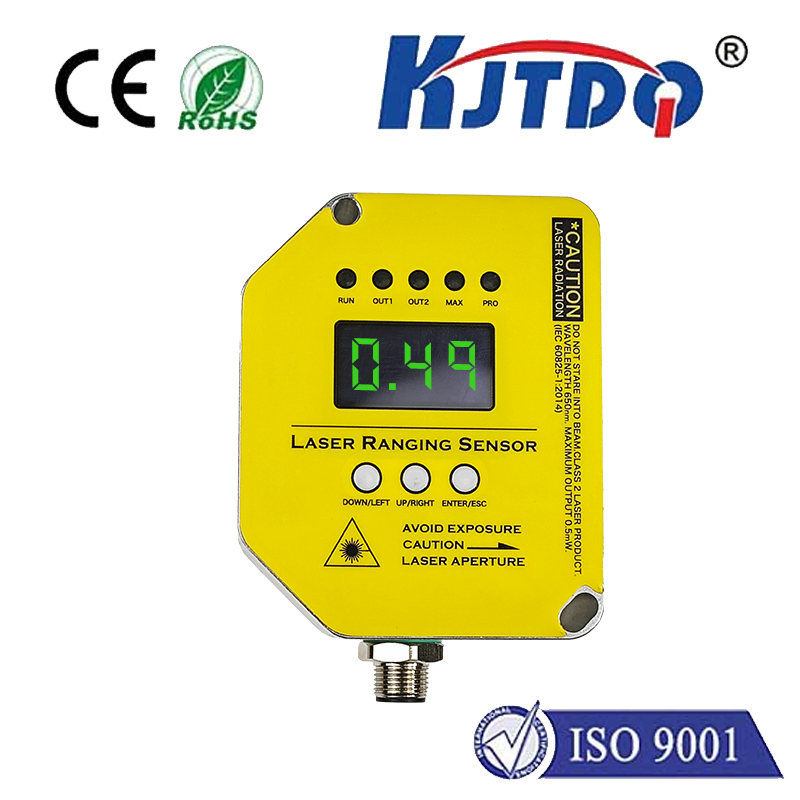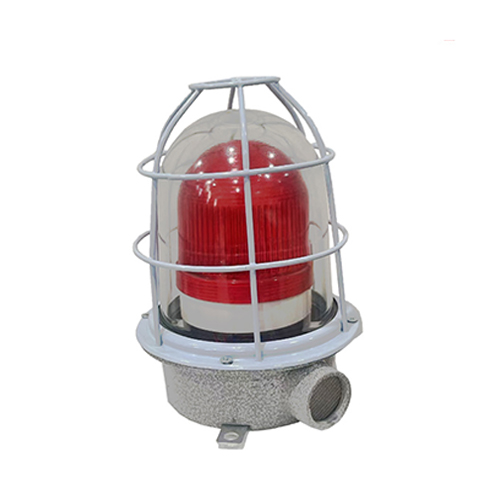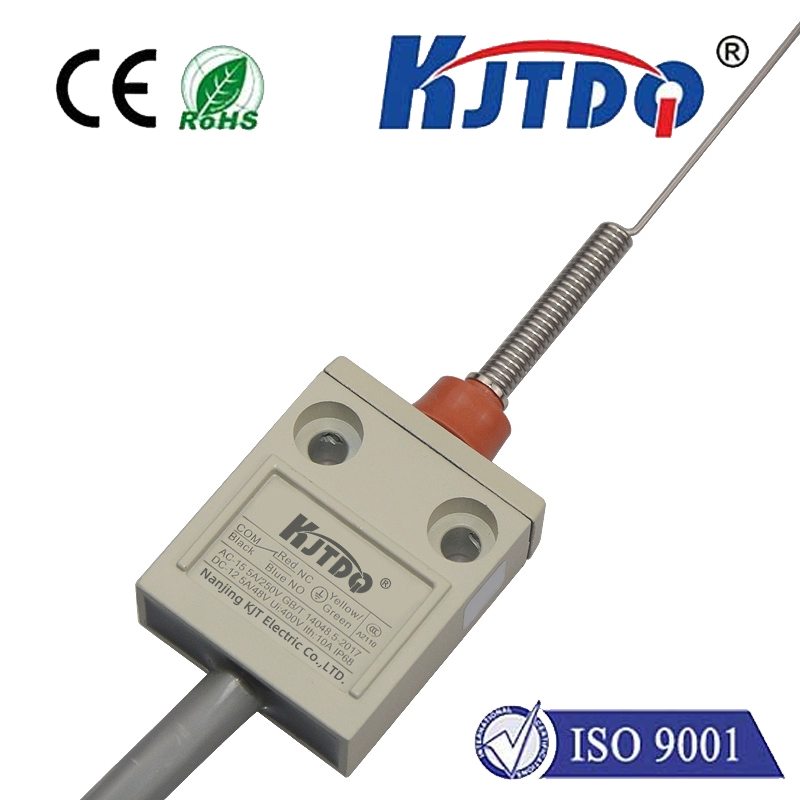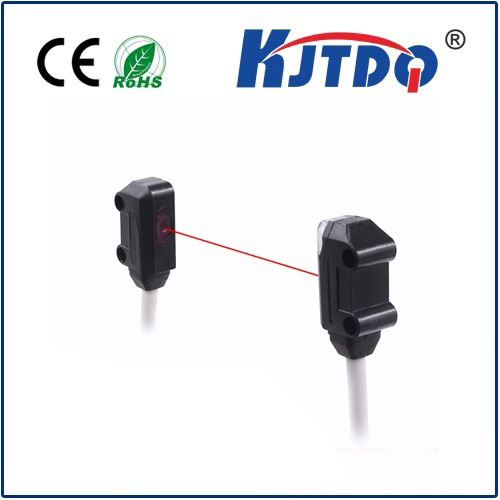

check

check

check

check

check

check

check

check

check

check
Title: Understanding Geared Cam Limit Switches: A Comprehensive Guide
Introduction
Gear-based cam limit switches are a vital component in various mechanical and electrical systems. These switches use a cam mechanism to sense the movement of a shaft or other rotating element, providing an accurate indication of its position. In this article, we will explore the basic principles behind geared cam limit switches, their applications, and how they work in different industries.
Section 1: The Principles of Geared Cam Limit Switches
A geared cam limit switch consists of three main components: the gear, the cam, and the switch. The gear is designed to mesh with the rotating shaft or element, while the cam mechanism detects any changes in motion or position. When the shaft moves past the cam, it causes a lever or disc to rotate, which then activates the switch.
The cam mechanism works by using a series of teeth or slots on the cam plate that match up with the teeth on the gear. As the shaft moves through the system, it causes the cam to pivot along its track, creating a gap between the teeth of the cam and the teeth of the gear. This gap in tooth count is what triggers the activation of the switch.
Section 2: Applications of Geared Cam Limit Switches
Geared cam limit switches have numerous applications in different industries, including automotive, aerospace, manufacturing, and robotics. Some of the most common uses include:
Automotive Industry: Geared cam limit switches are commonly used for throttle control, brake pedal detection, and engine start/stop mechanisms in cars and trucks. They provide accurate positioning information that helps optimize vehicle performance and safety.
Aerospace Industry: In aerospace applications, geared cam limit switches are used for thrust vectoring, missile guidance, and aircraft control systems. They help ensure precise control of aircraft movements and improve mission success rates.
Manufacturing Industry: Geared cam limit switches are also used in industrial automation systems to monitor machine performance and detect errors or malfunctions. They can trigger alerts or stop machines before major damage occurs, improving productivity and reducing downtime.
Robotics Industry: Geared cam limit switches are essential components for robot controllers, allowing them to accurately determine where objects are in space and respond accordingly. They enable robots to perform complex tasks such as grasping objects, navigating obstacles, and interacting with people safely.
Section 3: How Geared Cam Limit Switches Work
When a gearedcamlimitswitchis activated, it sends a signal to the control system that can be processed by software or hardware devices depending on its function. The signal may contain information such as direction of travel, speed, position, or force applied to the object being controlled. Depending on the application, different types of signals may be generated, such as analog or digital voltage or current signals.
In addition to sending signals, gear-based cam limit switches typically have built-in feedback loops that allow them to self-diagnose and repair any faults or issues quickly. This feature helps ensure maximum reliability and reduces downtime during maintenance procedures.
Conclusion
Gear-based cam limit switches are critical components in many modern systems due to their ability to accurately detect motion and position changes. From automotive engines to aerospace spacecraft, these switches play a vital role in optimizing performance and ensuring safety in various industries. With advancements in technology, gear-based cam limit switches are expected to continue evolving and becoming more sophisticated in their functions and applications.
